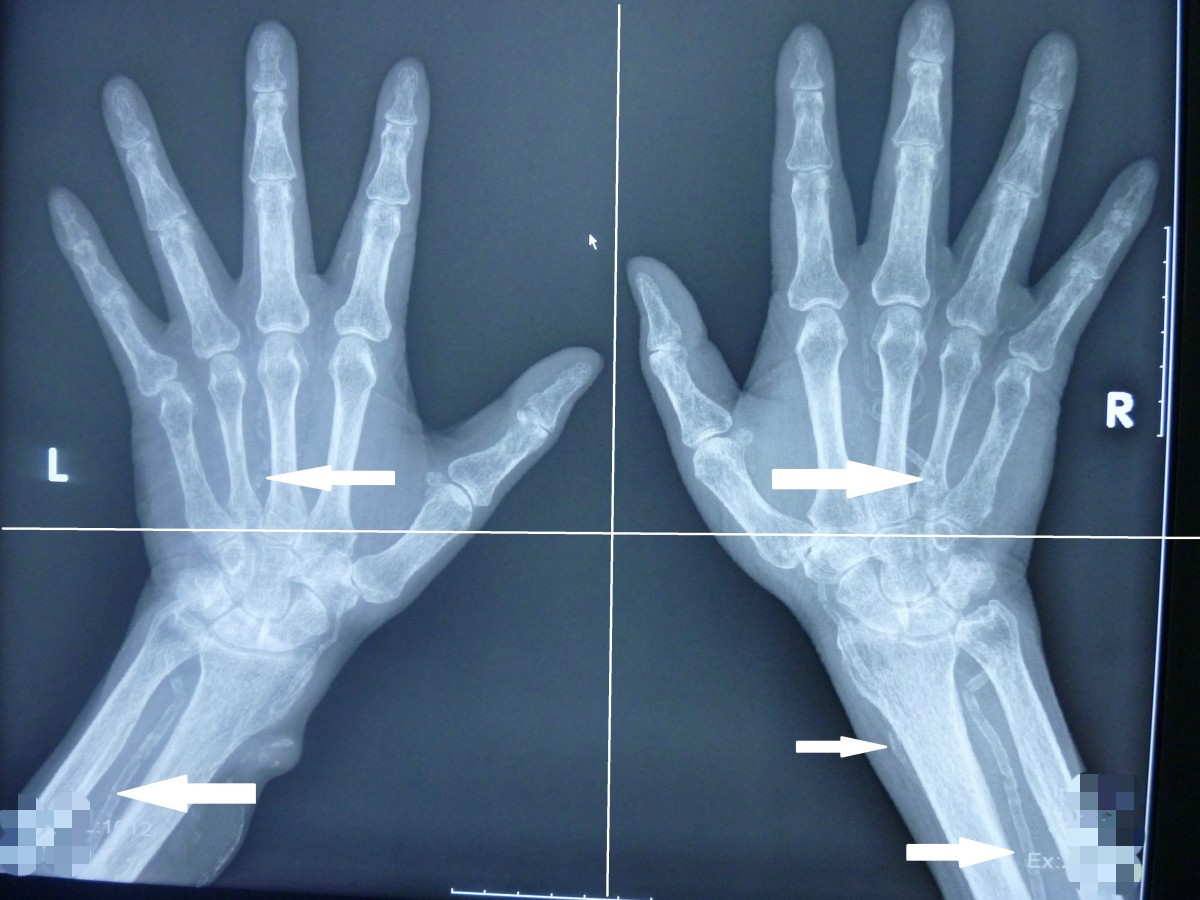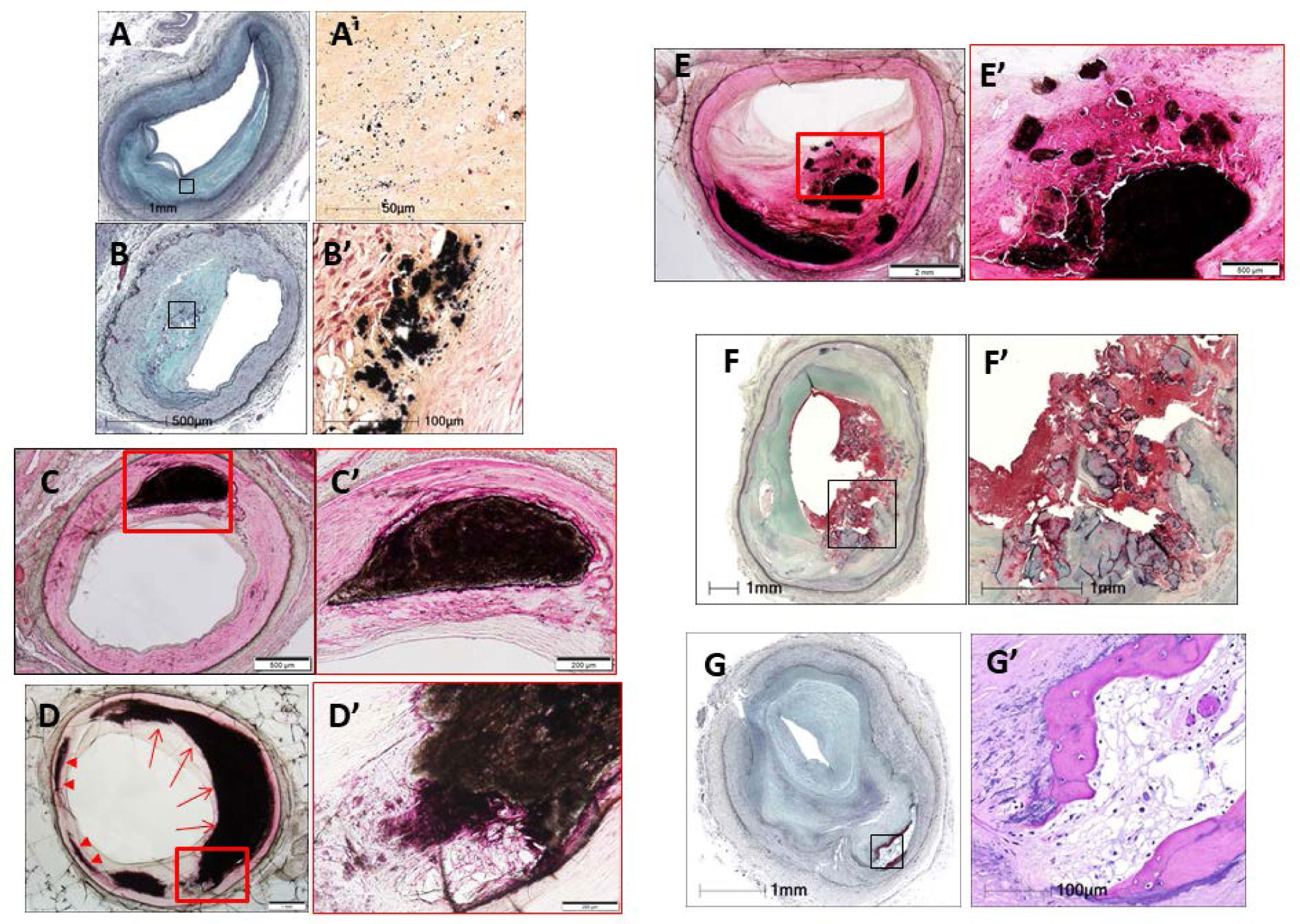
Methodological heterogeneity was also present, and included study design (prospective vs. Clinical variation was present due to heterogeneous patient groups (DM versus CKD, infection, age), bedside tests (with corresponding cut-off values and way of measurement), reference test (method and percentage of stenosis defined as PAD) and different exclusion criteria across the studies. Finally, performing a meta-analysis of the data presented in this review was not possible due to both clinical and methodological heterogeneity.

Thirdly, data presentation was not uniform across studies exploring a specific technique, and many studies showed a wide variation in index test thresholds. Secondly, the heterogeneity in results was high, with wide ranging PLR and NLR values. Additionally, sample sizes were small in 10 of the included studies less than 100 patients were included. The QUADAS 2-tool showed a notably high risk of bias regarding patient selection. Risk of bias or a concern regarding applicability was present in 20 of the 23 included studies. First, the overall methodological quality of the included studies was low. This systematic review has several limitations. The definition of significant velocity change in DUS was not specified. N = 68 individuals (130 limbs) with diabetes were screened for PAD (without critical ischemia)įoot pulse: absence of one or both foot pulses.Ĭontinuous wave Doppler (CWD): loss of triphasic signal.ĭUS (PAD was defined as significant velocity change and flow disturbance locally that resulted in loss of reverse flow distally, caused by occlusions or stenosis)Ĭurrent results only include the subgroup analyses.Īctive foot disease, rest pain, or signs suggestive of lower limb critical ischemia were excluded. Single-center prospective case-control study Waveform analysis was not blinded to the reference test. N = 60 patients with diabetes-related foot ulceration (>30mmHg) reduction in systolic ankle pressure were recalculated by the present research group since the PLR/NLR results in the original paper were incorrect.
#Noncompressible calcified vessel meaning mac
MAC was determined based on DUS, but it is unclear which criteria were used. (≥30mmHg) reduction in systolic ankle pressure:Ģ8% of patients had incompressible ankle pressures.ģ1% of patients with diabetes had MAC visualised on CDUS.

>30mmHg reduction compared to Resting systolic ankle pressure N = 160 patients (278 limbs) with suspected PAD Single-centerretrospective case-control study N = 97 patients (194 legs), who had coincidentally undergone CTA, PPG, ABI and CWD for the evaluation of PADĬurrent results only include the subgroup analysis. Long diastolic forward flow - Slow systolic rise time However, several adverse features are mentioned in this study leading biphasic waveforms to abnormal: A ‘normal’ biphasic waveform indicated no PAD.
#Noncompressible calcified vessel meaning portable
PAD-scan was performed using a portable ultrasound machine with a linear 6-14Hz transducer. Handheld Doppler device (monophasic or absent signal in either vessel) Pulse palpation (absence of dorsalis pedis or posterior tibial artery pulse)Īudible Doppler (monophasic or absent signal in either vessel) N = 305 patients with diabetes (recruited from diabetic foot clinics)



 0 kommentar(er)
0 kommentar(er)
